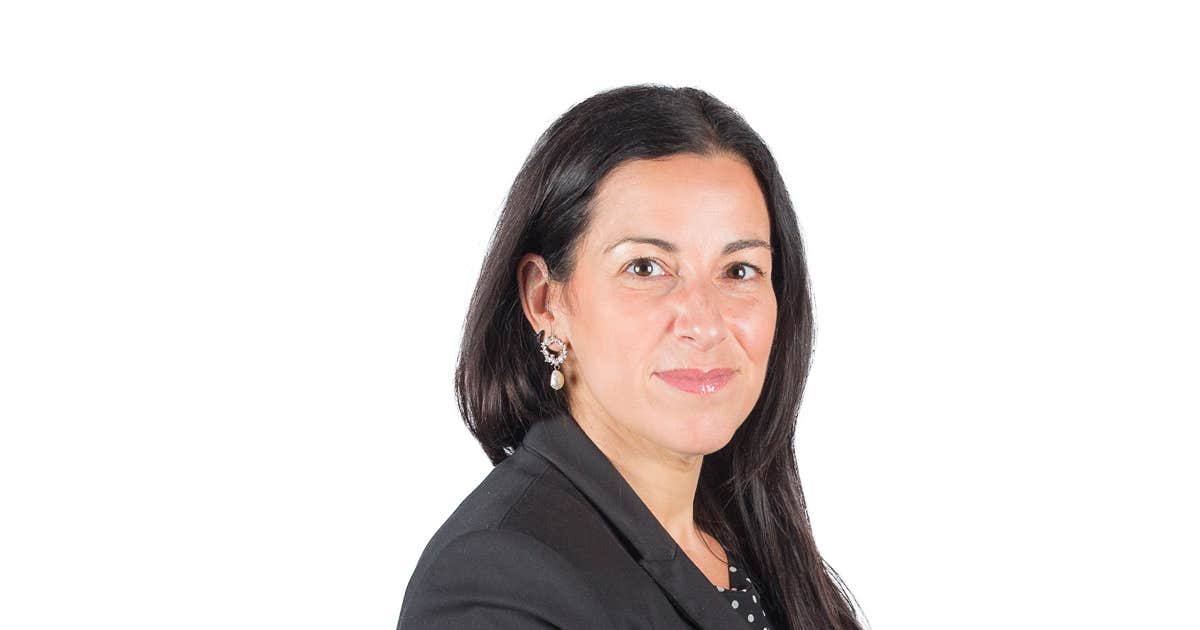Generally, entrepreneurs are already familiar, at least vaguely, with the concept of an estate freeze. Some because they already have plans to sell their business and their financial and tax experts mentioned it to them when listing the steps to consider. Others heard about it from friends or members of their business networks, who used this technique to freeze part of their assets.
The estate freeze allows the future increase in the value of an asset to be transferred to one or more people of the current shareholder’s choice. The author of the freeze, the owner of the assets, exchanges goods whose value is likely to increase for goods whose value will remain the same, hence the word “freeze”. Concretely, this means that the increased value of the assets concerned will accumulate in the hands of people other than himself, generally children and grandchildren, while guaranteeing the maintenance of the current value of the property in the hands of the owner. owner. Capital gains tax will be deferred upon disposition.
In the popular mind, estate freezing is naturally associated with the transfer of businesses, because the assets exchanged through this means are often small business shares. The exchange of goods may then involve one or more key employees. This freeze inevitably leads to a reorganization of the company requiring advisory resources and the work of a tax specialist and other professionals in order to update the legal documents (wills, but also sometimes the general regulations) and the shareholders’ agreement. .
There is no need here to turn into a tax expert to expand on the technical process, even if it is always impressive to be able to specify whether your freezing was carried out according to article 51, article 85 or article 86 of the Income Tax Act (LIR)! Let us instead focus on two more human concerns for entrepreneurs considering resorting to such a freeze.
When is the best time to make a gel?
Passing on a business to the next generation is a long process that requires planning. Identifying the right time to freeze requires strategic thinking which must be carried out in collaboration with your financial planner, your accountant, your tax specialist. The new preferred shares exchanged represent a debt of the company to its holder. Financial plans must therefore take into account the capacity of the next generation to invest or not, because the repurchase of preferred shares based on the future results of the transferred company will depend on each situation.
With this in mind, this step should ideally take place only after the company shareholder has accumulated enough assets on their personal balance sheet to meet their current and future financial goals. To know if the shareholder can meet their current and future needs, it is ideally necessary to carry out financial planning testing different disbursement scenarios.
In the case of an entrepreneur, one of the crucial variables to confirm these hypotheses is obviously the sales price of the company. Is the current value of stocks enough to withstand inflation over time?
So, by freezing the value of your common shares in the company, will the value currently accumulated allow you to maintain the desired cost of living? Or would you benefit from being more patient and continuing to enjoy the growth of your business?
If you wait too long, is there a risk that the next generation will become demotivated? After all, it may be discouraging for her to invest ardently in the company, because she may well tell herself that by increasing the market value of the shares, her own work means that she will pay more for her shares. later.
Who will benefit from the freeze?
In the case of family businesses, this seemingly very simple question can lead to many thoughts and questions with an emotional charge. Support from various business transfer experts is strongly recommended. For example, if you are freezing to pass the business on to one of your children, have you thought about ways to adapt your estate planning so that it is fair to all your heirs?
It is also possible to envisage a scenario in which the new common shares would be issued to a family trust, which then leaves 21 years to determine what percentage to allocate to each family member. The author of the freeze must, however, ask himself whether he wishes to retain control of his business or not. Control actions can then be issued.
The estate freeze can also be useful in reconstituted families, as it allows property to be transferred to children and grandchildren from a first union. Thus, this allows them to be removed from the final inheritance, which can then be distributed among other heirs, such as the new spouse.
Finally, we must not confuse estate freezing and crystallization, which are two completely distinct stages. This is because the second often follows the first, if the shares qualify as AAPE (eligible small business share), and thus allow use of the personal capital gains exemption.
